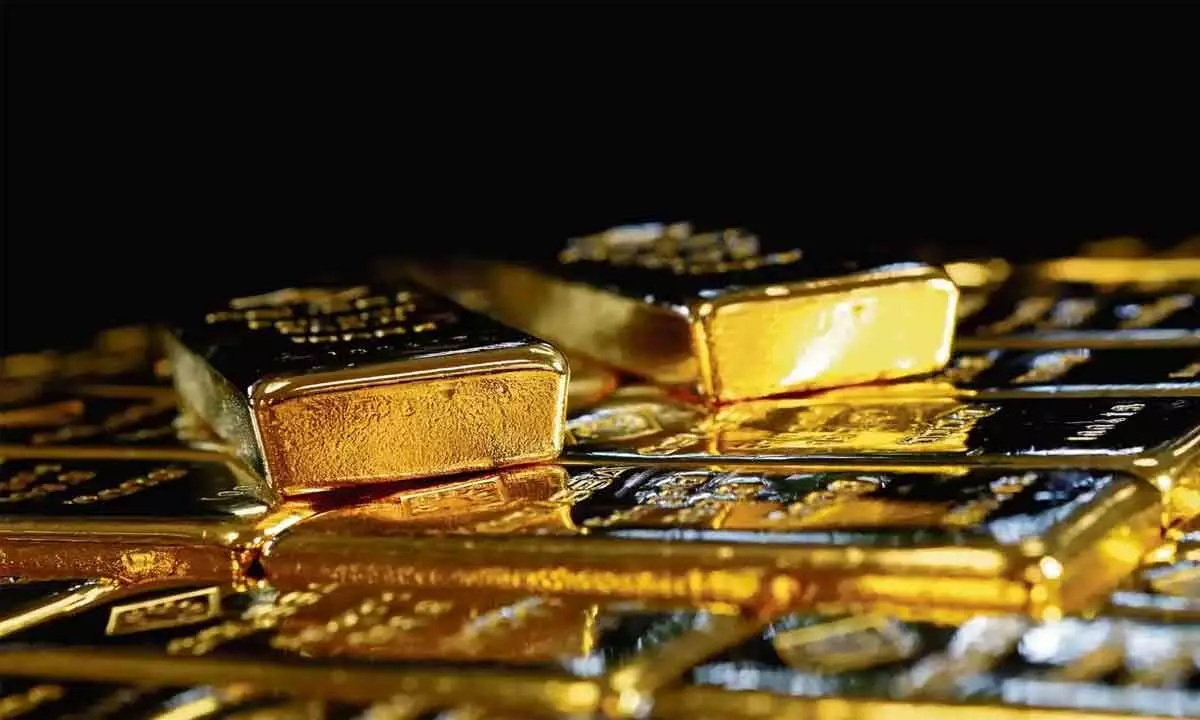How to achieve the desired results by investing in gold?
The options to invest in yellow metal have increased in recent years, from the traditional purchase of physical gold to Exchange Traded Funds to Gold Sovereign Bonds
image for illustrative purpose

The limited supply is what drives the metal price and particularly when there’re disruptions in the supply or inorganic demand spikes which are mostly influenced by the sentiments and emotions that are propelled by the macro-economic and geo-political situations of that time
Once in a few years, we see the yellow metal hogging headlines and the media screams with the spectacular returns generated for a particular period. This is almost a cycle making investors rush to be part of the rally. Though, in recent years, the options to invest in gold have increased from the traditional purchase of physical gold to ETF (Exchange Traded Funds) to Gold Mutual Funds (trying to mimic the ETFs) to Gold Sovereign Bonds (that are issued at a discount to the prevailing price and matures at the market price all along paying a small interest each year).
Like any investment option, we need to understand the dynamics that drive the price of gold. The demand usually comes from the consumers through jewelry or as a store of value, preserving in gold bars, industrial application (like in space technology, satellites, high end communication systems including smart phones and few other manufacturing industries) and from the sovereigns (governments through their central banks to diversify their currency reserves). The supply or source is mostly from the mines, the deposits that have taken millions of years in the Earth to naturally evolve into this precious metal and a minimal quantum from the recycle materials.
This limited supply is what drives the price of the metal and particularly when there’re disruptions in the supply or inorganic demand spikes which are mostly influenced by the sentiments and emotions. The sentiments or emotions are propelled by the macro-economic and geo-political situations of that time. For centuries, gold is considered as not just as a store of value but a source of continuity of wealth that could be passed as a family heirloom. This continuity of perceived value provides for fungibility of wealth across generations and treated as a source of insurance during extreme trying times.
Now, look at what’s driving the current rally. In the last few months, there’s been a heightened tensions in the geo-political situation as the middle eastern conflict which began about six months back with Israel-Palestinian war seemingly spilling into a regional conflict thus creating jitters to the already bruised world that’s just finding feet from the pandemic struggles. The fragile economic recovery was first punctured by the Russia-Ukrainian conflict and now the middle Eastern conflict which could also dislocate the traditional trading routes.
There’s more to these tensions in the form of overleveraged economies especially the US and the developed world where the deficits have moved to near-unsustainable levels even as the peak interest rates couldn’t completely tame the inflation. This is further aggravated by the mutual economic sanctions against each other by the two largest economies scurrying the established supply chains to pursue newer ways to run seamless.
While the debt servicing is turning into a challenge, the fiscal deficits continued to run unabated. This is resulting into a conundrum which is against the conventional economic theories and practice. There’s a feeling that something must give away, a currency debasement or an economic recession and it’s only just a matter of time. Probably sensing this, the central bankers have suddenly begun increasing the share of gold in their reserves. This has begun in the last few quarters much before the price started to peak. Also, historically, falling interest rates has helped the gold price prop-up.
Now that the rationale behind the current uptrend is mentioned, what should the investors do? This is where asset allocation comes into play. The initial allocation to each asset class depends upon the goals, timelines and risk appetite of the investor. And when events like the current ones happen, the proportion of allocation is rejigged to reflect these changes. This way one wouldn’t feel left out when a rally is taking place in a particular asset.
Consideration of which avenue to gain exposure to gold (through bonds, MF, bars, etc) depends other than the risk appetite of the individual and factors like convenience, taxation, etc. come into play. But the most critical part here is the reason for the current increase in gold prices and if this results to a currency debasement (an outlier) then the financial form of gold mayn’t provide an insurance. Similarly, jewelry would lose value due to the loss of purity, etc, and that filters to physical gold in bar form. This is not an easier form to store but could give solace in those situations.
So, when considering exposure to gold, the proportion of gold could be distributed simultaneously in more than one way to achieve the desired results.
(The author is a co-founder of “Wealocity”, a wealth management firm and could be reached at [email protected])

